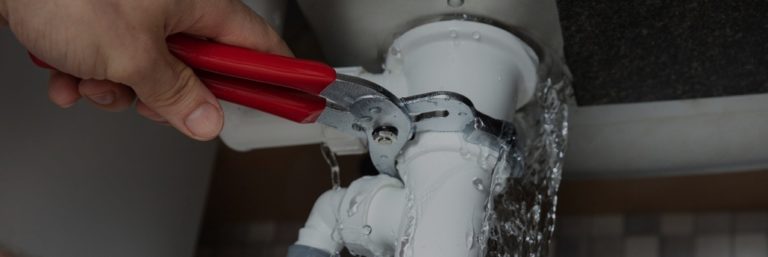How to Inspect If Your Residence Has a Concealed Leak
How to Inspect If Your Residence Has a Concealed Leak
Blog Article
What are your ideas about Locating water leaks?

Early detection of dripping water lines can minimize a possible disaster. Some small water leakages might not be visible.
1. Analyze the Water Meter
Every residence has a water meter. Checking it is a surefire manner in which aids you find leakages. For starters, switch off all the water resources. Make sure nobody will flush, utilize the faucet, shower, run the washing maker or dish washer. From there, go to the meter and watch if it will change. Considering that nobody is utilizing it, there need to be no motions. That indicates a fast-moving leakage if it relocates. If you discover no changes, wait an hour or 2 and inspect back once more. This means you may have a slow-moving leak that could even be underground.
2. Check Water Usage
Examine your water expenses and track your water consumption. As the one paying it, you should see if there are any discrepancies. If you spot sudden changes, regardless of your usage being the same, it means that you have leaks in your plumbing system. Keep in mind, your water expense need to drop under the exact same array monthly. An abrupt spike in your bill shows a fast-moving leakage.
A stable rise every month, also with the very same practices, shows you have a slow-moving leakage that's additionally gradually escalating. Call a plumber to completely inspect your residential property, especially if you feel a warm location on your flooring with piping underneath.
3. Do a Food Coloring Examination
When it comes to water consumption, 30% comes from bathrooms. If the shade somehow infiltrates your dish throughout that time without flushing, there's a leakage in between the tank as well as dish.
4. Asses Outside Lines
Don't forget to inspect your exterior water lines also. Examination faucets by attaching a yard hose pipe. Ought to water leak out of the link, you have a loosened rubber gasket. Replace this and make sure all links are tight. If you have actually got an automatic sprinkler, it will certainly aid get it properly analyzed as well as preserved yearly. One little leak can lose lots of water as well as increase your water costs.
5. Examine the scenario as well as evaluate
House owners must make it a behavior to examine under the sink counters and also even inside cupboards for any type of bad odor or mold and mildew development. These 2 red flags indicate a leak so punctual interest is required. Doing routine assessments, even bi-annually, can save you from a major trouble.
Check for stainings as well as deteriorating as the majority of pipelines as well as home appliances have a life expectations. If you suspect dripping water lines in your plumbing system, don't wait for it to escalate.
Early discovery of dripping water lines can mitigate a prospective catastrophe. Some little water leaks might not be visible. Examining it is a guaranteed way that assists you uncover leaks. One tiny leakage can squander heaps of water and spike your water costs.
If you think leaking water lines in your plumbing system, do not wait for it to rise.
WARNING SIGNS OF WATER LEAKAGE BEHIND THE WALL
PERSISTENT MUSTY ODORS
As water slowly drips from a leaky pipe inside the wall, flooring and sheetrock stay damp and develop an odor similar to wet cardboard. It generates a musty smell that can help you find hidden leaks.
MOLD IN UNUSUAL AREAS
Mold usually grows in wet areas like kitchens, baths and laundry rooms. If you spot the stuff on walls or baseboards in other rooms of the house, it’s a good indicator of undetected water leaks.
STAINS THAT GROW
When mold thrives around a leaky pipe, it sometimes takes hold on the inside surface of the affected wall. A growing stain on otherwise clean sheetrock is often your sign of a hidden plumbing problem.
PEELING OR BUBBLING WALLPAPER / PAINT
This clue is easy to miss in rooms that don’t get much use. When you see wallpaper separating along seams or paint bubbling or flaking off the wall, blame sheetrock that stays wet because of an undetected leak.
BUCKLED CEILINGS AND STAINED FLOORS
If ceilings or floors in bathrooms, kitchens or laundry areas develop structural problems, don’t rule out constant damp inside the walls. Wet sheetrock can affect adjacent framing, flooring and ceilings.
https://www.servicemasterbyzaba.com/blog/how-to-detect-water-leakage-in-walls/

I am very inquisitive about Hacks to detect leaks and I am hoping you appreciated the blog posting. Enjoyed reading our article? Please share it. Help somebody else check it out. We appreciate reading our article about Detecting hidden plumbing leaks.
Report this page